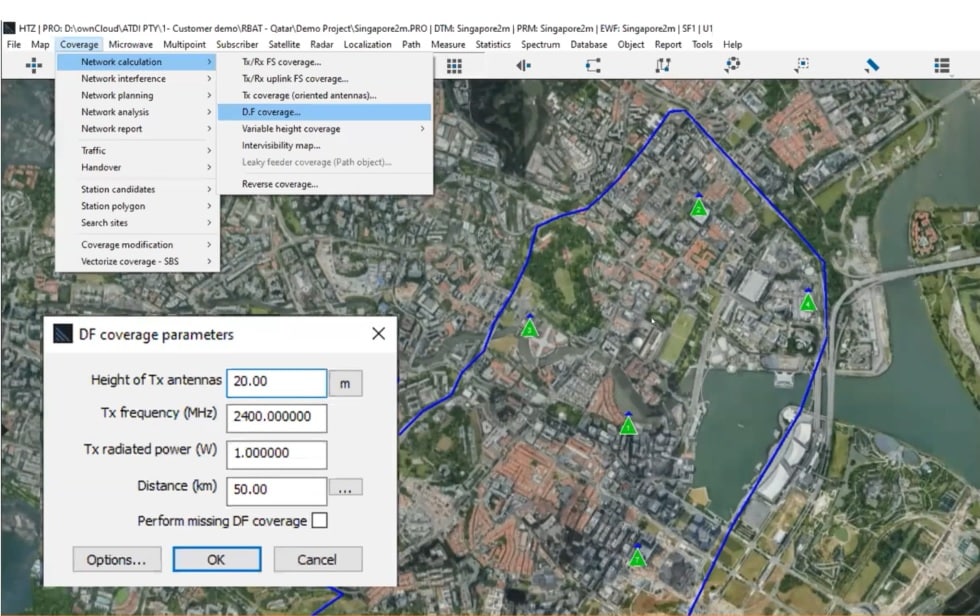Russia’s attack on Ukraine kicked off Europe’s most significant conflict since WW2, with both sides deploying drones at an unprecedented scale. Drones undertake aerial reconnaissance, carry weapons or are used as weapons themselves. The threats posed by drones have led to the significant expansion of counter-drone activities. The use of electronic warfare during the conflict has been prevalent, with counter-drones aligning closely with electronic countermeasures. To reduce drone attacks, military organisations are turning to ATDI to ensure their jammers and counter-drone activities are optimised to protect from incursions and threats to their airspace.

Counter-drones and jammers intercept unmanned aircraft or UAVs while in flight. Using HTZ, drone operators calculate their network coverage and identify not-spots across their network to reduce the risk of lost comms. HTZ undertakes an in-depth analysis to understand the signal strengths from the controller to the drone based on different elevations across the network. The counter-drone efficiency analysis provides network coverage based on various height elevations or potential flight paths of the unauthorised UAV. These coverage calculations identify areas with poor signal coverage due to topography and building heights, which could restrict the counter-drone’s ability to block or jam signals.
Check out our latest webinar recording on Managing drones - modelling coverage and DF and jammers in the battlespace. This session demonstrates how to plan, simulate, and optimise anti-drone systems using HTZ Warfare.



